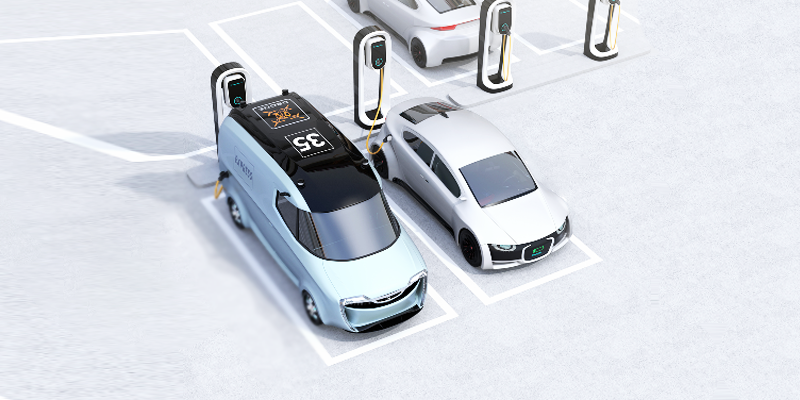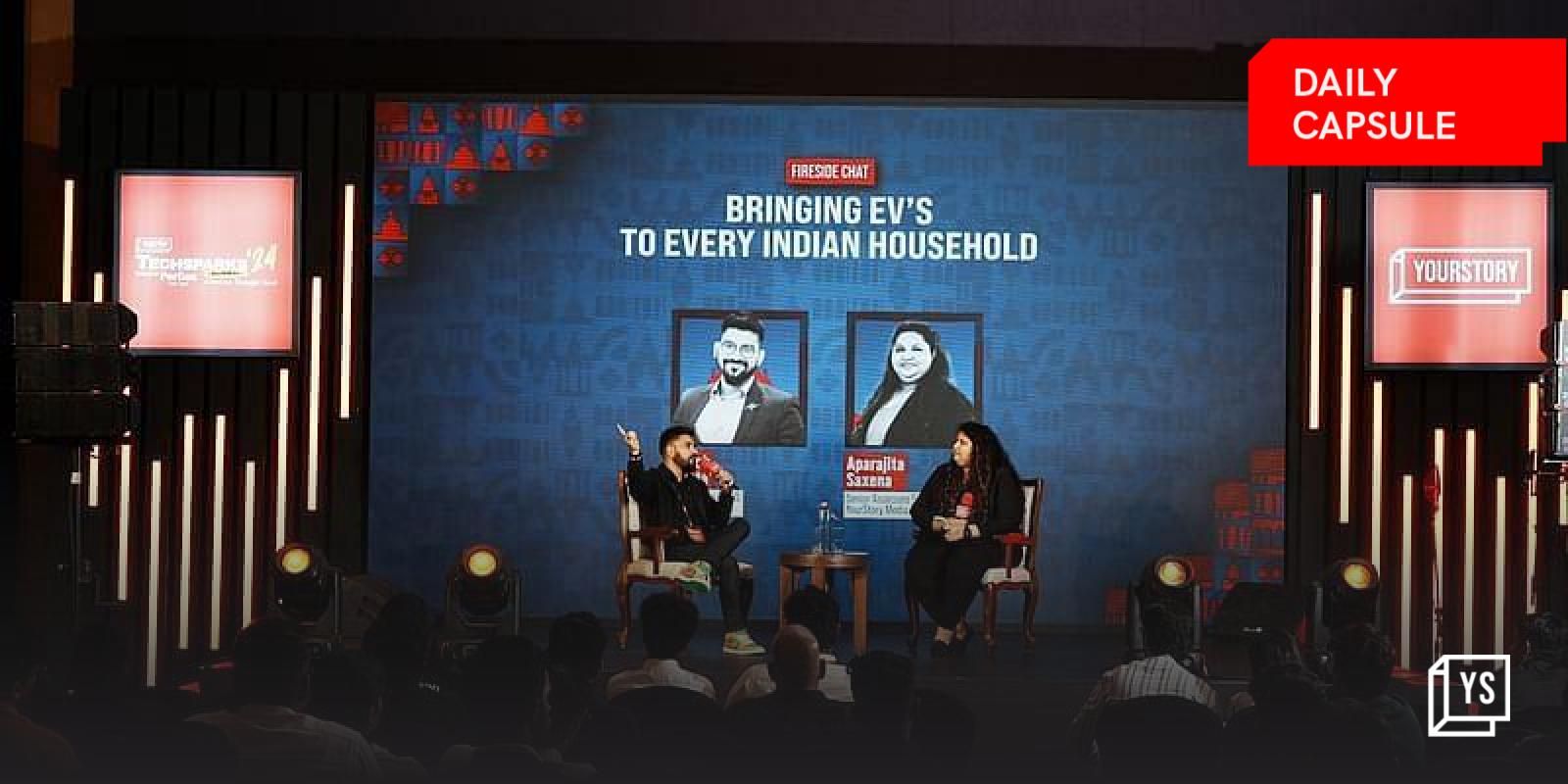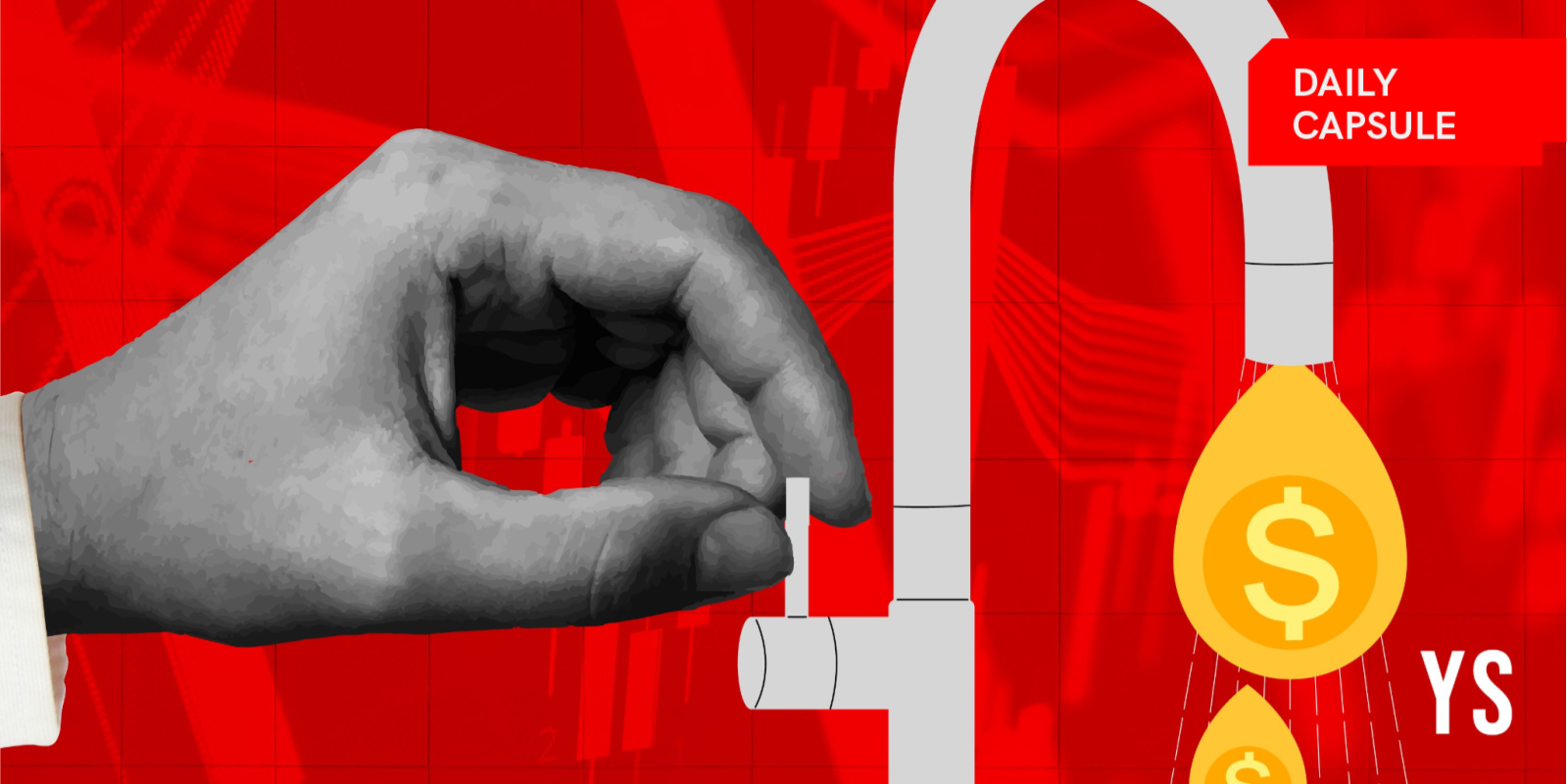Why companies like Ola, Zoomcar and ZipGo are bullish on electric vehicles
From electric two-wheelers to autorickshaws and buses, the auto industry is training its sights on electric vehicles. The question is: is this viable?
Last week, Bengaluru-based online bus aggregator ZipGo announced its Rs 300 crore fund raise, and said it would use the funds to transition its fleet to electric vehicles. ZipGo isn't the first to bet on electric vehicles, and it won't be the last.
In 1999, when electric car Reva was launched in India, Founder Chetan Maini wanted to usher in an electric vehicle revolution in the country. In 2010, Chetan sold his company to Mahindra & Mahindra as only deep pockets could nurture and sustain a company like Reva, which got a second lease of life as Mahindra e2o.
But market conditions are vastly different now.
Zoomcar, in collaboration with Mahindra & Mahindra, recently launched a fleet of electric vehicles. Last year, ride-hailing platform Ola launched its fleet of electric buses and autorickshaws. This year, it announced Mission: Electric, a commitment to place over 10,000 e-rickshaws and electric autorickshaws on the streets over the next 12 months.
According to Jitender Sharma, Co-founder of ZipGo, there is a huge infrastructure gap in India's urban mass transport system.
“Getting into electric vehicles, company wise, is economically more viable. Not only does it increase the energy efficiency by 30 to 40 percent, the total costs come down by 70 to 80 percent when compared with diesel or gas vehicles.”
So, what is driving India’s ‘electric revolution’? The government push is helping. As part of its electric mobility plan, the Centre is targeting the conversion of 30 percent of the country’s total vehicle fleet to electric by 2030.
India is the fifth largest auto market in the world, and crude oil imports make up the single largest component of the country’s import bill at nearly $85 billion this year, according to data from the Oil Ministry's website. Reports suggest India imports close to 82 percent of all its oil needs.
The government, in a report, said switching to electric vehicles is estimated to bring down its crude oil import bill by a whopping $60 billion, and reduce emissions by 37 percent.
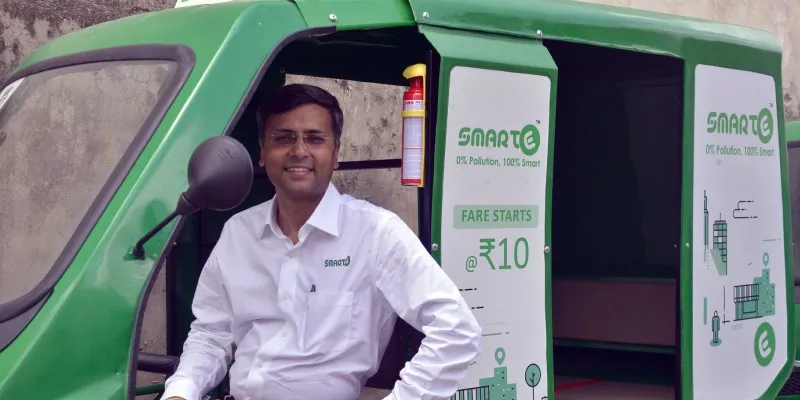
“The government also has a national electric mobility mission plan. We are waiting for that,” says Chetan Maini, Co-founder and Vice Chairman of Sun Mobility.
Greg Moran, Co-founder and CEO of Zoomcar, says,
“We entered the electric vehicles space because it was a better way for last-mile connectivity. Most electric cars are small and compact; they are easy to manoeuvre, operate, and running costs are much cheaper."

Biggies entering the space
Apart from Mahindra & Mahindra, others in the electric vehicle manufacturing space include two-wheeler manufacturers Ather Energy, Ultraviolette, and Ampere. Mumbai-based AutoNxt is looking to prototype an electric tractor, while Hero MotoCorp’s Avon has been a popular choice among many.
Delhi-based electric auto company SmartE procures electric autorickshaws from Kinetic Green and runs an auto-hailing service. “We launched with 30 vehicles more than two years ago. We used to move about 2,000 customers on a daily basis back then. Today, we move over 60,000 commuters per day. The company operated on strong unit economics, and was profitable for the financial year 2017,” says Goldie Srivastava, Founder and CEO, SmartE.
Car manufacturers like Hyundai and Maruti are also set to launch a range of electric vehicles.

Looking to China
There are critics aplenty who question whether this ‘movement’ will last and if it is sustainable. For them, Jitender cites a Forbes article that states Shenzen in China went from zero to 16,000 electric buses in four years, reducing crude oil demand by 279,000 barrels per year.
“Not to mention, if used in mass transport, EVs reduce pollution. Earlier, electric vehicles were expensive, but not anymore as Chinese manufacturers are looking keenly at Indian companies,” Jitender adds.
News reports suggest Hyderabad-based Gold Stone Group is setting up a manufacturing facility at a cost of over $2 billion for Chinese electric bus maker BYD. It is also keen on manufacturing batteries for electric vehicles in India.
Taking charge
One of the reasons why the electric vehicle revolution has taken over India is that battery costs have come down significantly. Media reports suggest prices have dropped from $600 per battery unit to $250 last year. This is believed to further fall to $100 by 2024.
In fact, the central government is planning a lithium-ion battery-making facility, which will be set up by Bharat Heavy Electricals.
“We aim to set up about 100 interchangeable battery stations. This means you drive in to a Sun Mobility network, replace your battery, and drive your two-wheeler or three-wheeler away. It is cheaper this way because batteries make up 45 percent of a vehicle’s cost. By removing the battery cost with interchangeable systems, EVs becomes cheaper,” Chetan says.
Also, charging infrastructure is now better than what it was a decade ago and the government is working on different options to build a stable and robust charging infrastructure.
“Currently, with an average of 30 to 40 km drives, a car can be charged overnight. But with the government looking at an ambitious plan, the infrastructure needs to be in place,” Greg says.
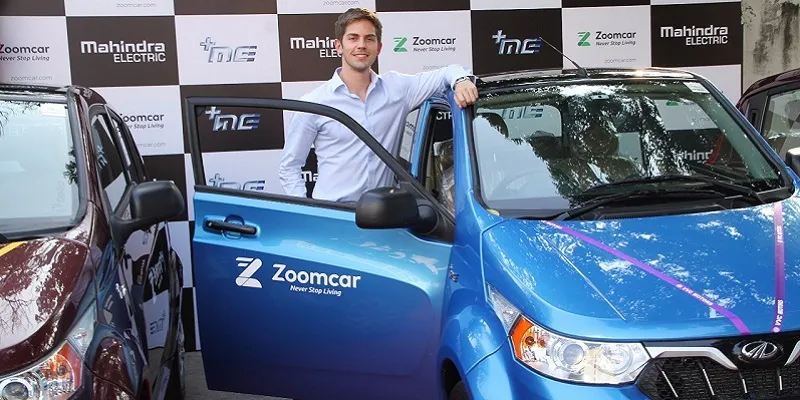
Ather Energy, which launched two vehicles this year, ensures the battery charges up to 90 percent in less than an hour. Two weeks before its vehicle launch, Ather launched its experience store and Ather Grid, a charging infrastructure for all electric vehicles, across 17 different locations in Bengaluru.
Goldie of SmartE says, ““As India’s largest electric mobility company, we are extremely bullish about the space we are in and are seeing an unprecedented demand for our services. Having served over 25 million commuters in the last 36 months, we see a clear preference among users for shared electric mobility, which helps deliver a safe, comfortable, economical, and an environment-friendly experience. Further, as we have built EV charging infrastructure across three cities, a robust vehicle supply chain and highly-reliable energy partners, we have been able to successfully address some of the major concerns typically faced by an electric mobility startup.”
In February, Essel Infra announced its entry into the electric mobility space with an investment commitment of Rs 4,250 crore. Last week, it started setting up electric charging stations and battery swapping terminals across 20 cities of Uttar Pradesh.
On-ground realities
According to the Power Ministry, India’s electricity generation capacity is 2.7 lakh MW, of which only five percent comes from solar energy. The government aims to increase solar generation to 1 lakh MW by 2030, and will offer subsidies to bring down the cost of power. It is also encouraging large investments in the sector.
Around Rs 70,000 crore has been invested in the sector so far. Solar power, which cost Rs 10 per unit just five years ago, has now come down to Rs 4 per unit, and has become commercially viable.
In a report titled ‘India leaps ahead: transformative mobility solutions for all’ , Niti Aayog projects that by 2030, India can bring down passenger road-based mobility-related energy demand by 64 percent and cut carbon emissions by 37 percent.
“In terms of manufacturers, photo-voltaic batteries and rare earth components will come from China, as will some sensors. Also, scalability depends on the cost of drop-in batteries, using solar energy to power batteries, building and distributing electric vehicles with energy infrastructure,” Chetan says.

In the US, there are close to a million EVs on the road thanks to the EV infrastructure built by the likes of General Motors and Ford. Last year, total EV sales in the US were at 159,000 units.
Scandinavian countries like Norway and Sweden also have a strong EV infrastructure while France, Germany and the UK extend subsidies for EVs. The dominant players in the EV market are Nissan, Ford, Mitsubishi, and Tesla. All these cars have lifetime batteries pre-fitted in cars, and require charging stations.
If one looks at the EV landscape in India, M&M, Ashok Leyland, Honda and Toyota have some form of EV play.
While there is strong speculation whether India can really achieve an all-electric vehicle mission by 2030, companies remain bullish on the shifts and changes seen in the market. It will be interesting to see whether India can move in the direction of electric vehicles like China.
(With inputs from Vishal Krishna)






